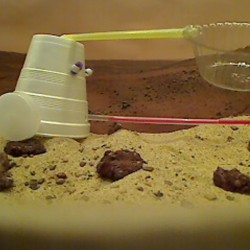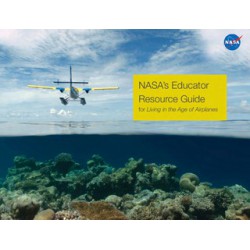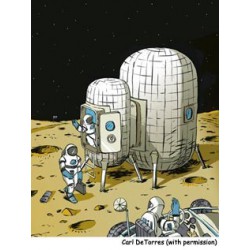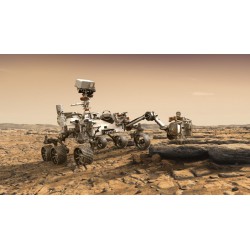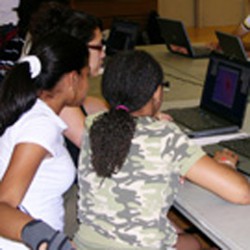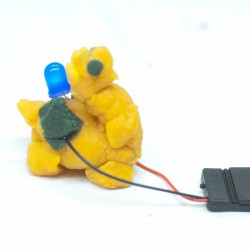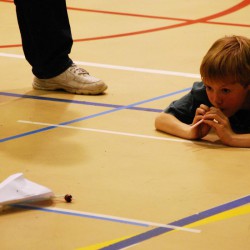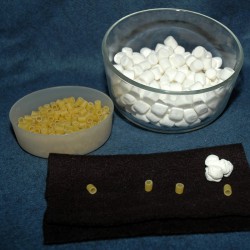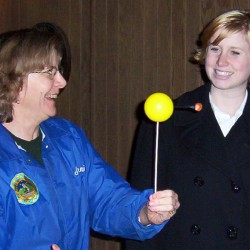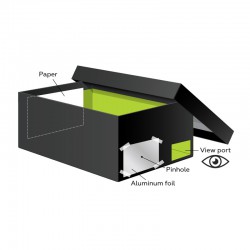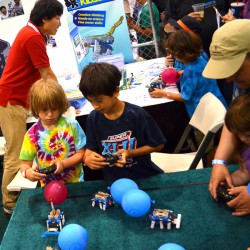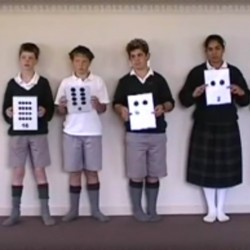Sort
Activities There are 601 items.
-
Mars Engineering
Mars is a good candidate for finding past and/or present life beyond Earth. Groups of participants design Mars rovers that could search for the building blocks of life in martian rocks and build model rovers out of everyday materials. 0
Check It Out
Implementation Guide Provides extensive background information, facilitation outline, materials shopping list, extended supporting media suggestions, correlations to national standards, and more. -
Living in the Age of Airplanes: Air Cargo Game and...
Groups of participants create paper airplanes, then use the paper airplanes to race to carry perishable and time-senstive "cargo" (represented by cards). Points are awarded for correctly identifying and successfully transporting items that are time-sensitive by the deadline. The activity includes connections to everyday life and global geography. 0
Check It Out
-
Build a Moon Habitat
1 Review(s)Astronauts on the Moon must have homes that protect them like no home on Earth would ever need to do. Teams of participants roll sheets of newspaper to create "logs," which are stapled together to frame a "habitat" and "airlock." The structure is covered with a bedsheet and decorated with the NASA logo. 2050
Check It Out
-
Gaining Traction on Mars
Groups of participants create and test various wheel designs and materials on a test vehicle to determine which are most effective on a simulated Martian surface. 0
Check It Out
-
Coloring the Universe (with Pencil Code)
Participants use pencilcode.net to undertake a series of simple programming exercises, including recoloring images of scenes, everday objects, and finally, a supernova and a region where stars are forming. 0
Check It Out
How-to Video -
Squishy Circuits
3 Review(s)While learning about conductors, insulators, and the flow of electricity through a circuit, participants use conductive and insulating clay to build a circuit that makes their clay creation light up or buzz. 3465
Check It Out
How-to Video -
Puff Mobiles
3 Review(s)Renewable energy sources are in focus as participants build a wind-powered car using straws, Lifesavers candies, paper, and paperclips, and get their car to the finish line using as few puffs of air as possible. 8283
Check It Out
How-to Video Family Take-home Activity A take-home that can be sent with patrons that wish to do STEM activities at home. These at-home activities cover similar topic areas as the associated activity and could be handed out at the conclusion of a program or left on a circulation desk for patrons to take home. -
Nuclear Fusion in Stars
1 Review(s)This simple and engaging activity explains nuclear fusion and how radiation is generated by stars, using marshmallows as a model. 1455
Check It Out
How-to Video -
How Do We Find Planets Around Other Stars?
Discover the techniques scientists use to find planets orbiting distant stars: use a foam ball, a toothpick, and a small ball of clay. 0
Check It Out
How-to Video -
Pinhole Viewer: Shoebox Version
1 Review(s)Use a shoebox and other common materials to create a safe way to view the Sun. 3713
Check It Out
How-to Video -
Robot Retriever
1 Review(s)This simple coding activity relies on a friend to play the role of "robot", and shows participants just how hard it is to make precise instructions! 1113
Check It Out
-
Binary Numbers
1 Review(s)This pen and paper activity shows kids (and adults!) the language computers use to communicate, and provides a good first activity for libraries interested in getting into coding. 1167
Check It Out
How-to Video



